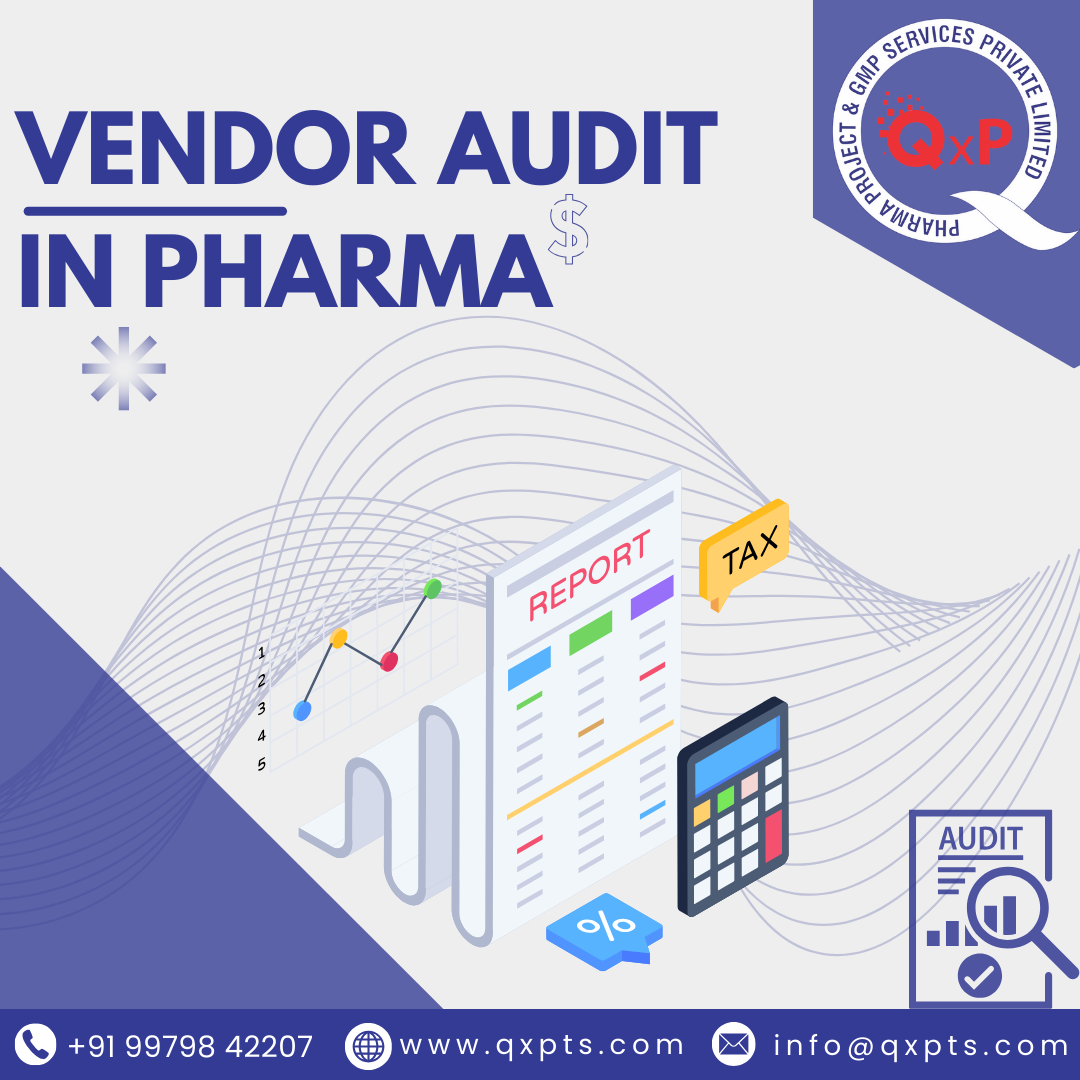Subtotal $0.00
Pharmaceutical vendor audits are a critical component of quality assurance, ensuring that suppliers adhere to stringent regulatory standards and deliver products that meet the highest quality benchmarks. By conducting thorough and efficient audits, pharmaceutical companies can mitigate risks, protect patient safety, and maintain brand reputation.
Key Objectives of a Pharma Vendor Audit
Assess Supplier Compliance: Verify adherence to regulatory requirements, industry standards, and contractual obligations.
Evaluate Quality Systems: Review supplier’s quality management systems, including documentation, procedures, and record-keeping.
Identify Potential Risks: Detect and mitigate potential risks that could impact product quality, safety, or efficacy.
Improve Supplier Performance: Provide constructive feedback and recommendations to drive continuous improvement.
Essential Steps in the Pharma Vendor Audit Process
1. Planning and Preparation:
- Define audit objectives and scope.
- Develop a detailed audit plan, including checklists and questionnaires.
- Select qualified auditors with relevant expertise.
- Schedule audits to minimize disruption to supplier operations.
2. On-Site Audit:
- Conduct a thorough review of supplier’s facilities, equipment, and documentation.
- Interview key personnel to assess knowledge and understanding of quality systems.
- Observe production processes and quality control procedures.
- Collect evidence and document findings.
3. Audit Report and Follow-up:
- Prepare a comprehensive audit report summarizing findings, non-conformities, and recommendations.
- Communicate findings to the supplier and discuss corrective action plans.
- Monitor supplier’s progress in addressing identified issues.
- Re-audit as necessary to verify corrective actions and ongoing compliance.
Best Practices for Effective Pharma Vendor Audits:
- Risk-Based Approach: Prioritize audits based on supplier criticality and risk assessment.
- Clear Communication: Establish clear expectations and maintain open communication with suppliers.
- Data-Driven Decisions: Use audit data to identify trends and make informed decisions.
- Continuous Improvement: Implement a system for tracking and analyzing audit results to drive continuous improvement.
- Collaboration and Partnership: Foster strong relationships with suppliers to promote a culture of quality and compliance.
By following these best practices and leveraging advanced auditing tools and technologies, pharmaceutical companies can streamline their vendor audit processes, enhance efficiency, and ensure the highest standards of quality and safety.




